What is the Nakasendo?
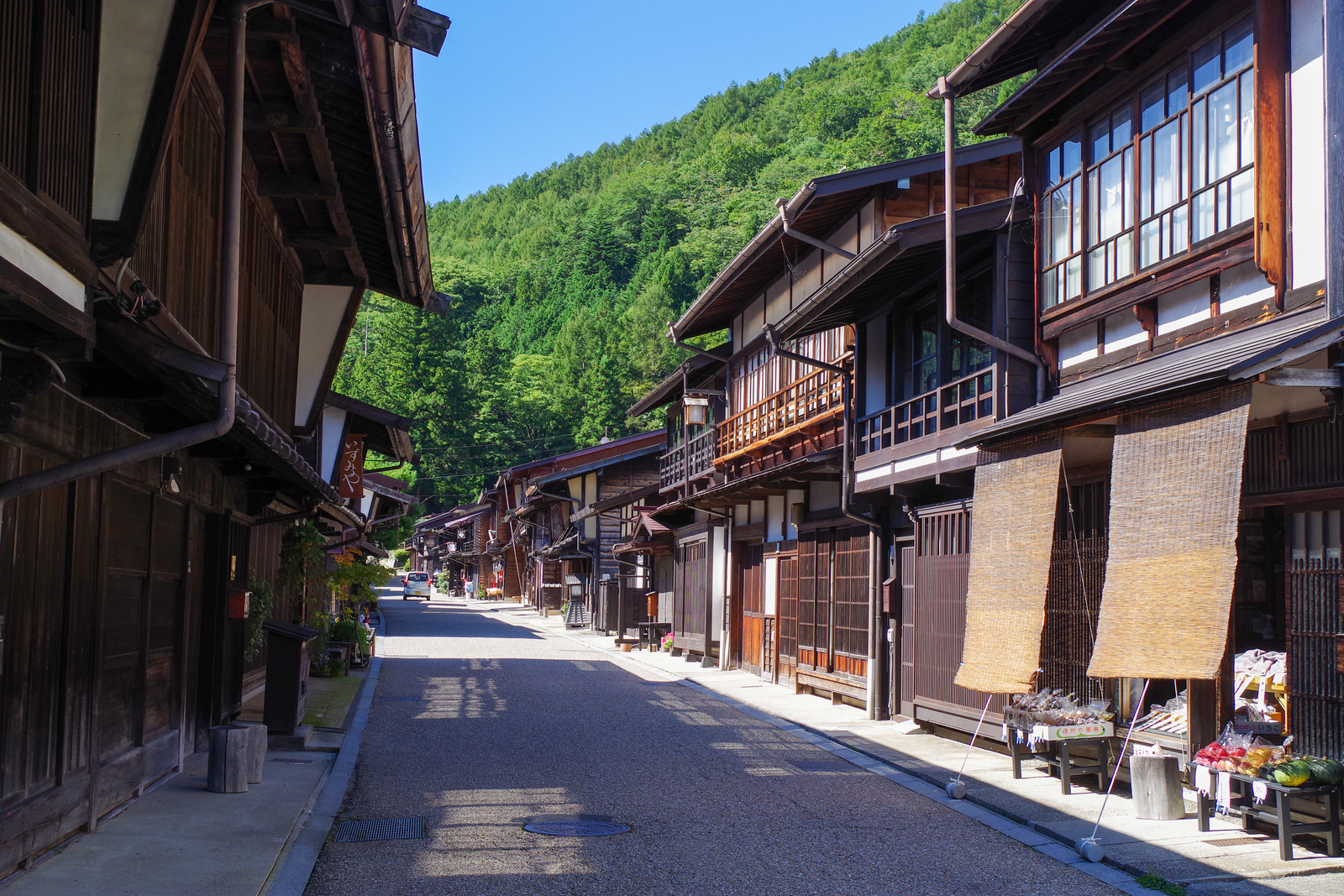
Learn about this important Edo Period highway, its atmospheric post-towns and scenic trails.
What is the Nakasendo?
The Nakasendo was one of five major roads, known as Gokaido, connecting Japan during the Edo Period (1600-1868). Nakasendo, meaning "inner mountain road," ran through the center of Japan's mountainous island of Honshu, linking the imperial capital of Kyoto to the Tokugawa Shogun's capital in Edo (now Tokyo). In its day, it was an important thoroughfare utilized by Daimyo lords, peasants, traders and religious pilgrims.
Of the Nakasendo's 69 post-towns, 26 are located in Nagano Prefecture and some look nearly the same as they did during their hey-day. Traveling on the Nakasendo is a great way to experience Japanese history up close, observe Edo Period architecture and feel what it was like to be a traveler in Japan during that time. Many sections of the Nakasendo are also located in beautiful areas of the Japanese countryside in quaint villages or serene natural settings. Whether a day hike or a multi-day excursion, the Nakasendo has options for any traveler.
In this Article
History of the Nakasendo

In the late 1500s, Japan entered a chaotic period of civil war with regional Daimyo lords vying for power. In 1600, Tokugawa Ieyasu won the battle of Sekigahara and consolidated his rule over Japan as the new Shogun, moving the capital of political power to his domain of Edo. To facilitate the movement of people, goods, messages etc. across the country, the Gokaido system was established. Though there were others throughout the country, the 5 main roads included the Tokaido, Koshu Kaido, Nikko Kaido, Oshu Kaido and Nakasendo.
The Post-towns of the Nakasendo
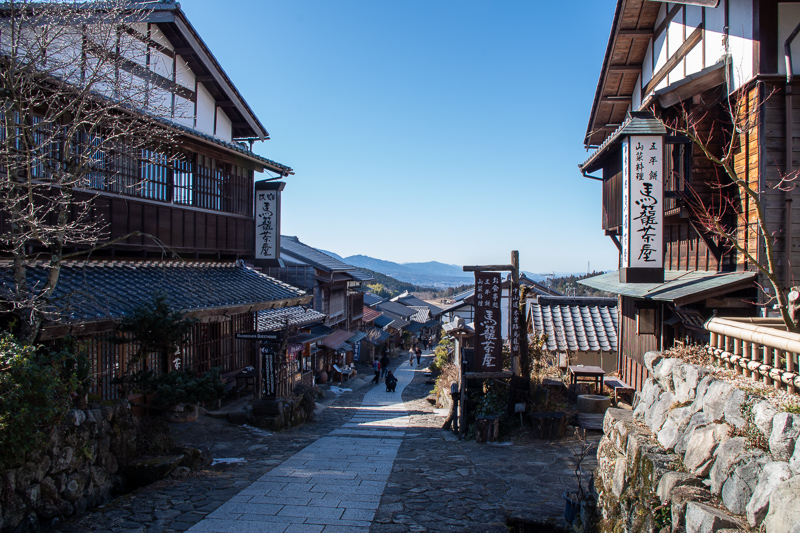
Vital to this system were the post-towns, or shukuba-machi, established along the Nakasendo and the four other roads connecting Japan. In addition to postal service, the towns provided lodging, transportation, supplies and food. The Shogunate also used the post-towns to police the roads with sekisho (barrier stations) along the way as well as villagers providing information on crime and stowaways.
High ranking official travelers required to travel under the Sankin Kotai system would stay at the highest class honjin accommodations, only one per post-town. Their entourages and samurai retainers would stay in the Waki Honjin or other lower class accommodations.
A Piece of Japan Protected from Modernization
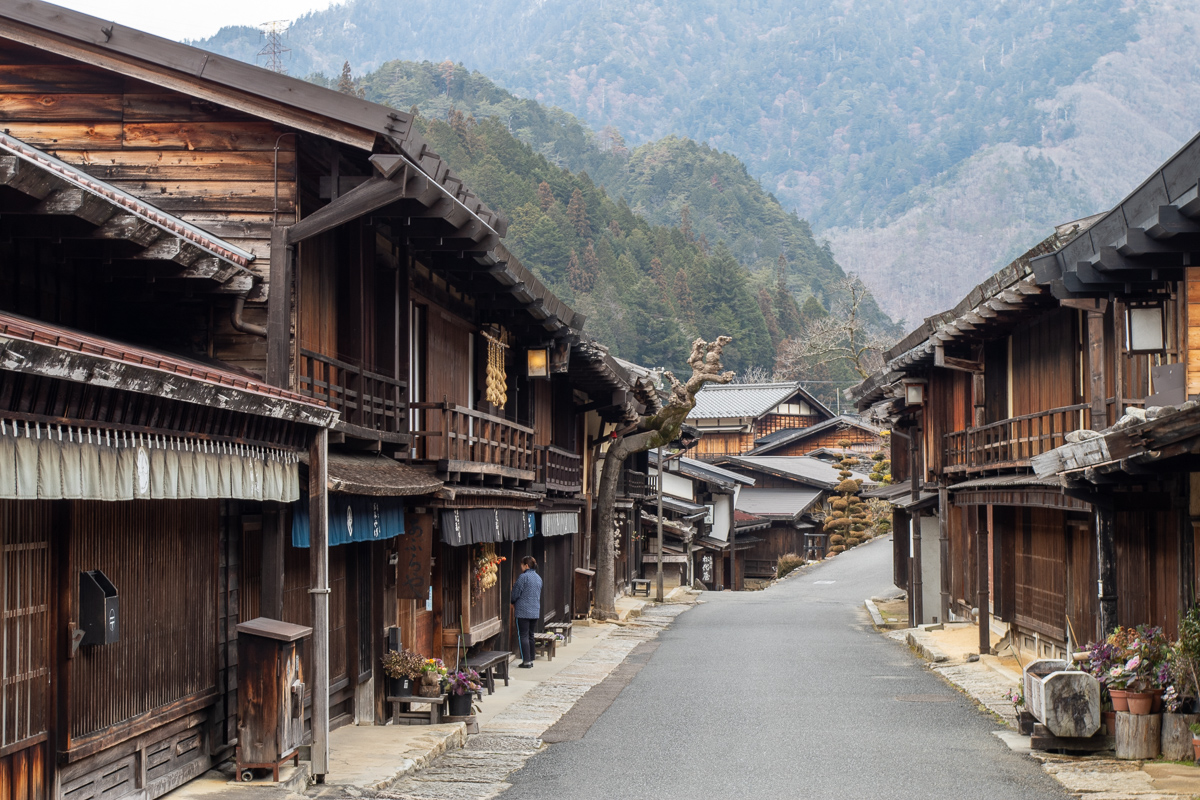
Structural problems, inability to reform and threats by the rising United States caused the downfall of the Tokugawa Shogunate in the 1860s. The 1868 restoration of the Meiji Emperor brought modernization and industrialization to Japan. Train lines were built and many of the post-towns were rebuilt or torn down, particularly along the heavily populated Tokaido. Because of its remoteness, however, the Nakasendo's Kiso Valley post-towns were mostly left intact. Much later, locals realized their historical value and worked to preserve these historical artifacts. To this day, the best preserved post-towns among all the Gokaido are located in the Kiso Valley.
Where to Go in the Nakasendo
In the Kiso Valley
Stroll through the Town of Narai
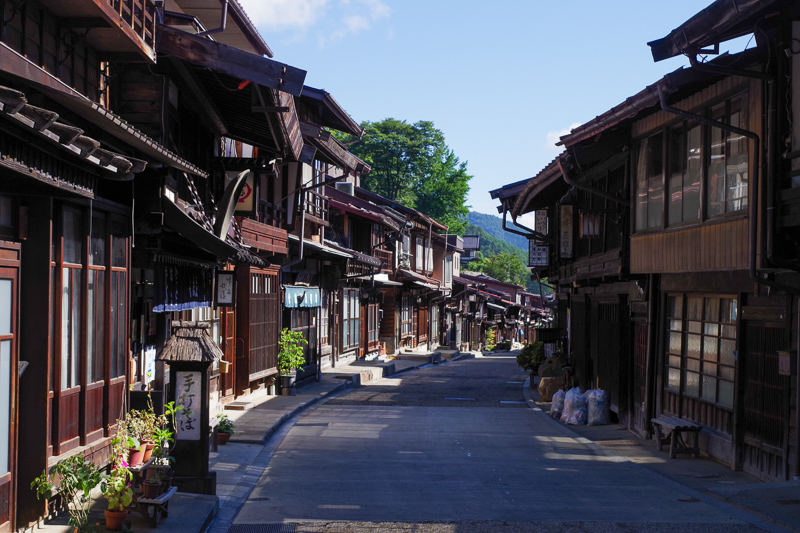
For an easy walk or a day trip to the Kiso Valley, Narai post-town (often written Narai-juku) is a great option. The longest preserved post-town on the Nakasendo, Narai was prosperous because it is the halfway point between Edo and Kyoto. There are still many temples, shrines, art galleries and restaurants to enjoy.
Walk from Magome to Tsumago
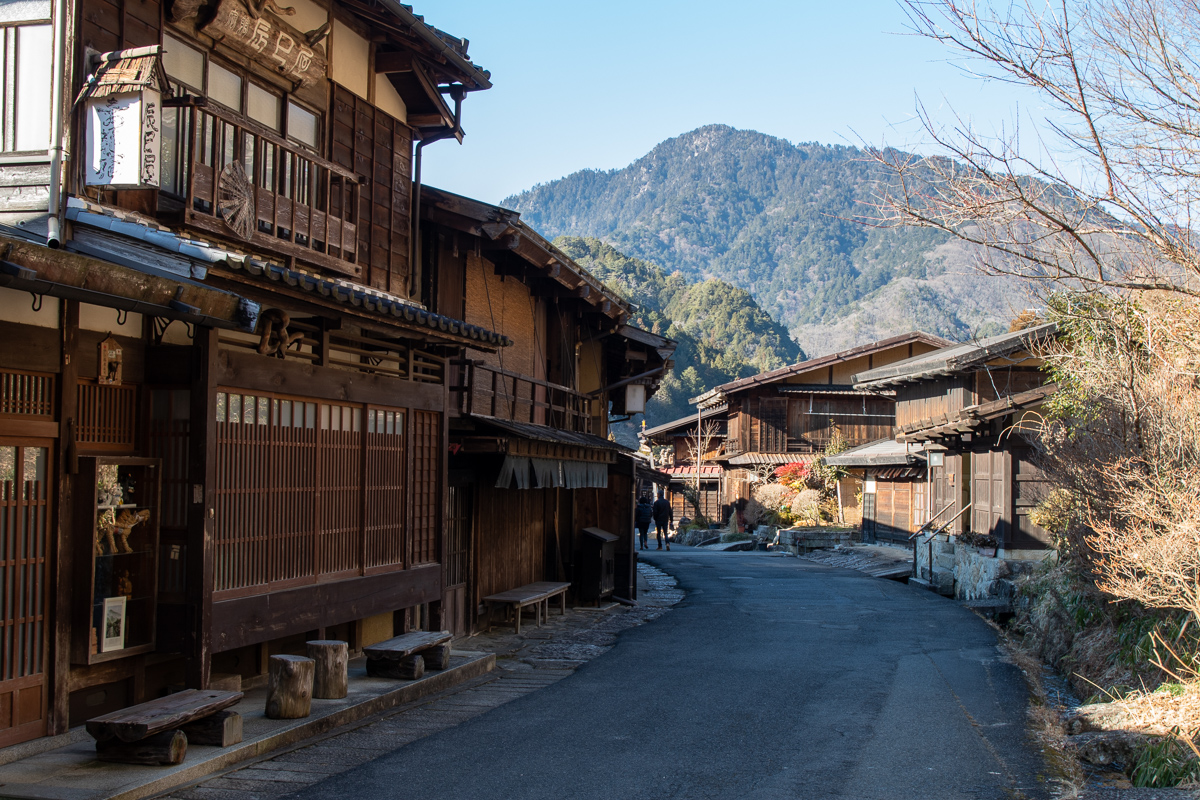
Likely the most iconic walk of the entire Nakasendo, the trail from Magome to Tsumago is excellent for a full day in the Kiso Valley. There is a little bit of everything on this train including two post-towns, steep mountains, sleepy villages, picturesque rice paddies and raging waterfalls.
Walk from Yabuhara to Narai
If you have a little more time to explore, take the train instead to Yabuhara and walk the Torii Pass to Narai. On the way, visit the remains of Yabuhara Shrine with views on clear days of the sacred volcano Ontake.
Walk from Nagiso to Nojiri
This section is longer and less traveled than the others but great if you have already completed the other hikes. From Nagiso Station, follow the signs for the Nakasendo towards Nenoue Pass and Nojiri Station. The signs are relatively frequent and well-marked. The walk is around 16 kilometers or 4-5 hours and is a mixture of trail and pavement. Near Nojiri Station, visit cafe Donguri while waiting for the train. Make sure to check the train schedule beforehand as trains are infrequent.
Beyond the Kiso Valley
Climb Usui Pass
Starting in Karuizawa, the Usui Pass was one of the last major hurdles before arriving in Edo. Today, it is still possible to enjoy the 12-kilometer path from Usui Pass to Yokokawa Station in Gunma Prefecture. From Karuizawa Station, take a bus or taxi to the Usui Pass Observation Platform. On a clear day, Mt. Myogi and its surroundings are stunning. From there, walk past Kumano Shrine on the left and the Shigenoya teahouse on the right until the paved road becomes a dirt path. Continue downhill and follow the signs for Yokokawa Station.
Please note: There is no public transportation access directly back to Karuizawa Station. From Yokokawa Station, take the Shinetsu Line to Takasaki Station, then the Hokuriku Shinkansen back to Karuizawa or Tokyo.
Climb Wada Pass
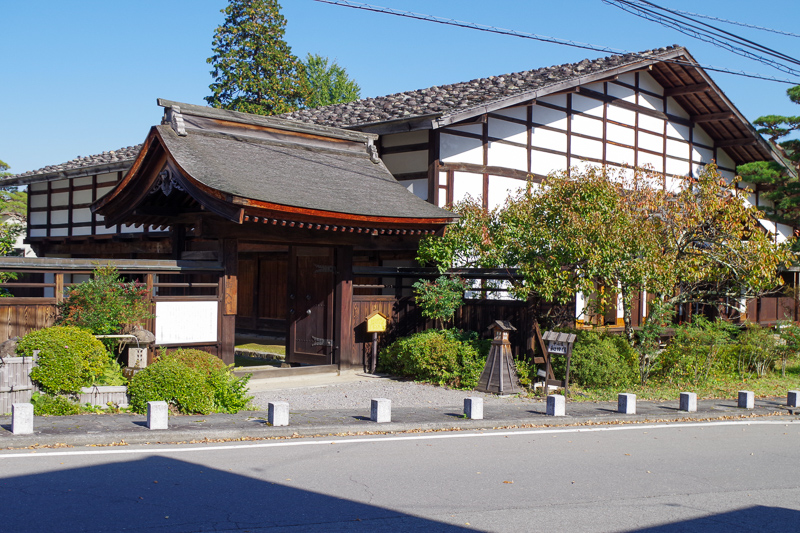
Wada pass is the highest elevated portion of the entire Nakasendo. Though not as popular, the Wada area connects with the beautiful Utsukushigahara and Kirigamine Highlands or the Yatsugatake Range. From Wadatoge Ski Resort (accessible by car) it is possible to either summit Mt. Wadayama, Kitamine or Washigamine and continue onto the Yashimagahara wetlands. Driving around the Venus Line also offers beautiful vistas of the surrounding mountains.
Please note: These trails are not loops and there is no public transportation available.
Sekigahara
Located on the Nakasendo in Gifu Prefecture, Sekigahara was the site of one of the most important battles in Japanese history that saw the Tokugawa Shogunate rise to power. An easy day trip from Kyoto, Sekigahara has a history museum and various walks around the battlefield. Most of the walks are paved with little vertical changes. It is also possible to walk from Sekigahara post-town to Tarui post-town on the Nakasendo.
Update:2021/10/07




